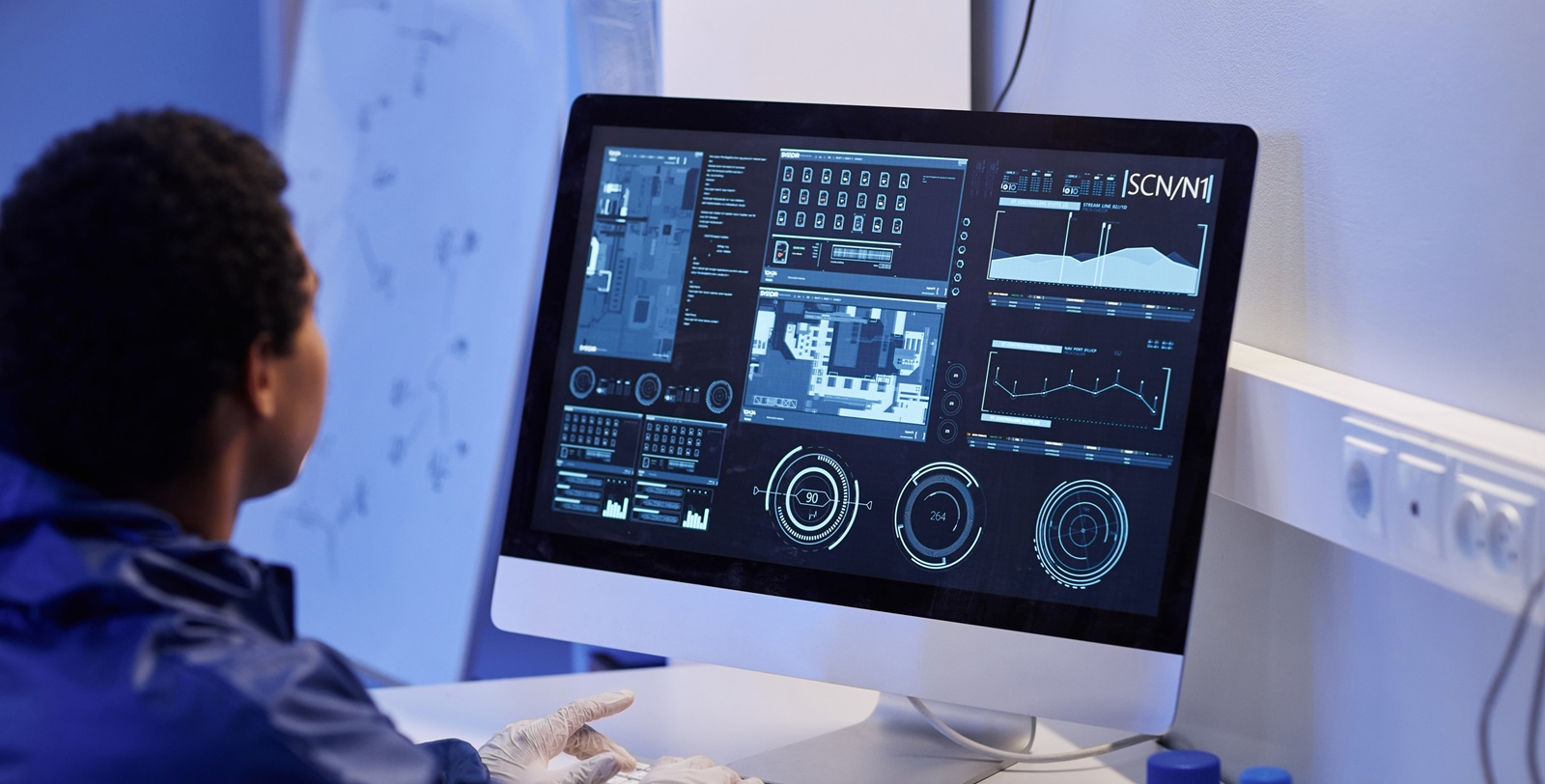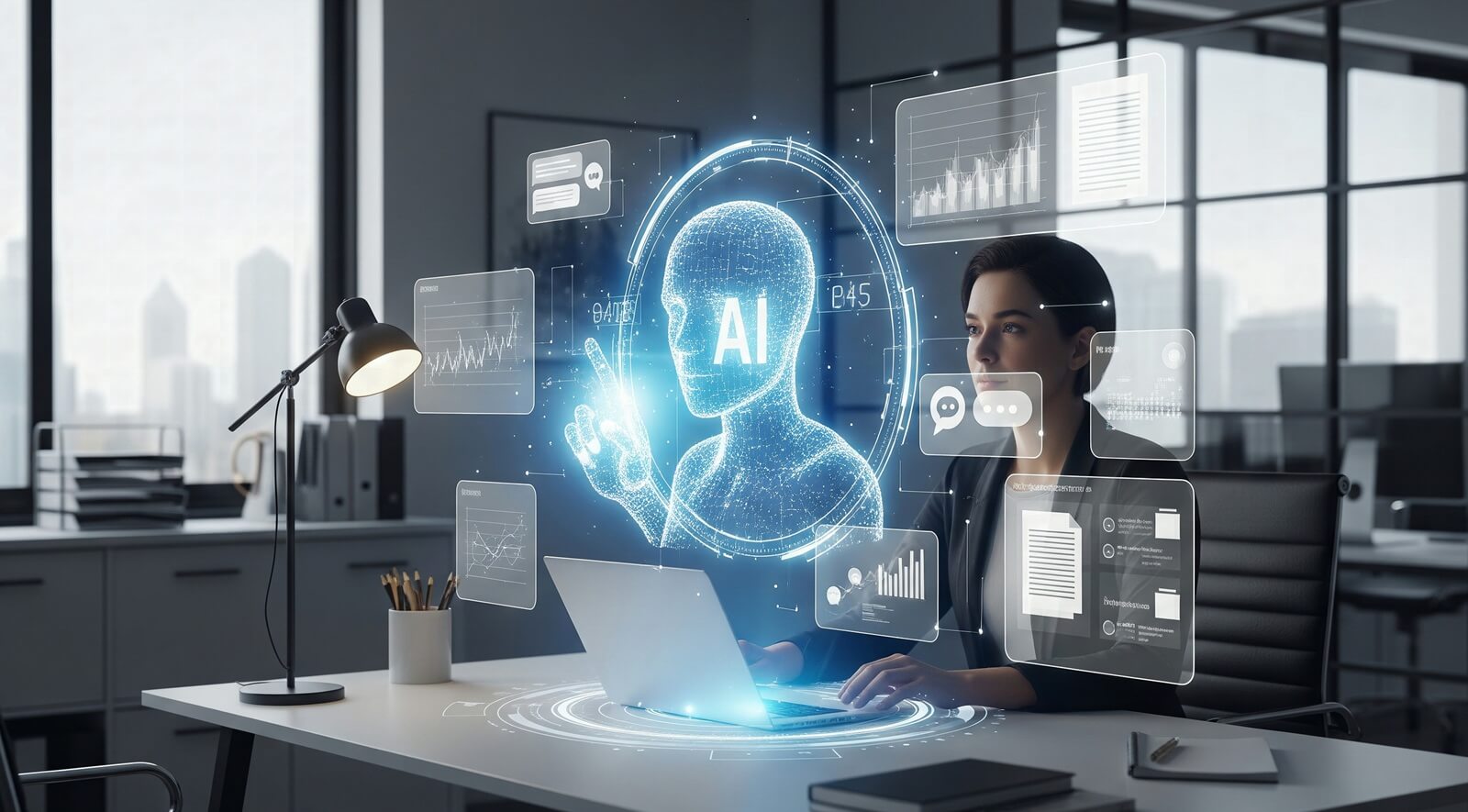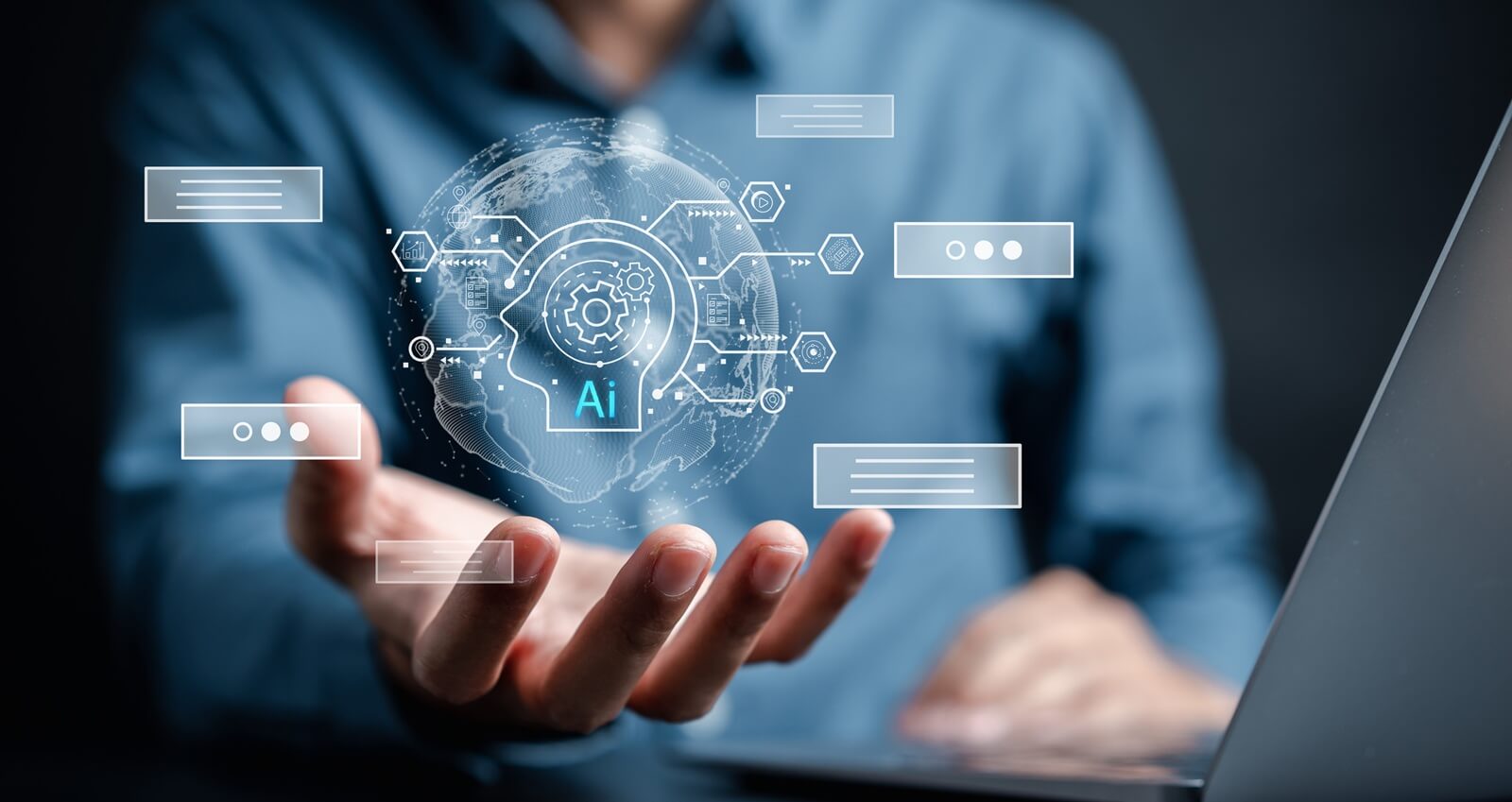Precision is the heartbeat of modern engineering. Every measurement, calculation, and design iteration carries the weight of accountability — from ensuring structural integrity to meeting sustainability benchmarks. For decades, Trimble has been at the center of this precision revolution, empowering engineers, surveyors, and project managers to translate complex data into actionable insight.
But as projects grow in scale and complexity, traditional systems struggle to keep up with the sheer volume of geospatial, construction, and design data. Manual validation, disjointed coordination, and static reporting have become obstacles to progress.
That’s where AI Trimble support transforms the equation. Artificial intelligence doesn’t just accelerate Trimble workflows — it redefines them. Through predictive analytics, automated data correction, and intelligent integration, AI enhances accuracy, shortens timelines, and eliminates the friction between data and decision.
At Stealth Technology Group, we deliver the infrastructure behind this transformation. By integrating AI-based analytics with Trimble’s suite of tools, we help firms streamline geospatial coordination, automate reporting, and secure project data — ensuring that precision remains effortless, consistent, and scalable.

1. The Modern Challenge of Data-Driven Engineering
The engineering landscape has evolved into an ecosystem of interdependent technologies. From survey drones and GNSS sensors to 3D design software and cloud collaboration platforms, every system generates massive amounts of data. Managing, analyzing, and synchronizing this data in real time is now a defining challenge.
Engineers and project managers face two critical bottlenecks: data overload and workflow fragmentation. When hundreds of models, maps, and coordinate files flow between devices and teams, discrepancies and delays become inevitable. In civil engineering especially, a single inaccurate dataset can cascade into errors costing millions in rework or regulatory noncompliance.
This is precisely where AI in civil engineering software demonstrates its transformative value. Instead of passively recording data, AI actively interprets it — detecting inconsistencies, reconciling datasets, and ensuring that every coordinate aligns perfectly with project intent.
With intelligent validation, teams no longer question whether the data is right — they know it is.
2. The Evolution of Trimble: From Hardware Pioneer to Data Intelligence Platform
Trimble’s legacy began with positioning hardware — GPS and total stations that revolutionized measurement accuracy. But its evolution into a data intelligence platform has been even more significant. Today, Trimble unifies survey, construction, geospatial, and asset management workflows through an interconnected ecosystem that spans the entire lifecycle of a project.
From Trimble Connect for real-time collaboration to Trimble Business Center for geospatial analytics, the platform is the nervous system of modern engineering. Yet, this very interconnectedness creates complexity — data silos, delayed updates, and system inefficiencies that slow project delivery.
AI transforms Trimble from a toolset into a living system that learns from experience. It automates mundane processes like data merging, validates measurements in real time, and prioritizes coordination tasks based on workflow urgency. The outcome is not just improved performance — it’s exponential efficiency.
3. How AI Trimble Support Elevates Project Coordination
Coordination across multidisciplinary teams is one of the most complex challenges in large-scale engineering projects. Miscommunication between design, field, and operations teams often leads to delays or costly revisions.
AI enhances Trimble project coordination through contextual intelligence. It continuously monitors field updates, design modifications, and data uploads — identifying potential conflicts before they reach the construction phase. When discrepancies arise, AI automatically alerts relevant stakeholders and recommends corrective actions based on historical patterns.
Predictive Conflict Resolution
Through predictive modeling, AI identifies recurring coordination issues across similar project types — such as misaligned elevation data or inconsistent material specifications — and proactively adjusts workflows to prevent repetition. Over time, these predictive insights evolve into an automated safety net that learns with every project.
The result is a streamlined coordination process where teams operate with synchronized intelligence, not reactive communication.
4. Geospatial Intelligence: AI as the New Survey Partner
Surveying and geospatial mapping form the backbone of Trimble’s value to engineering. But as datasets become more intricate — from drone-captured topographies to multi-layer GIS maps — manual verification is no longer practical.
AI Trimble support automates geospatial validation by analyzing thousands of data points simultaneously. It compares field measurements with design intent, detecting anomalies like coordinate drift, elevation mismatches, or incomplete datasets. When errors are detected, AI suggests corrections instantly, reducing time spent on manual QA.
In terrain modeling, AI recognizes environmental patterns — vegetation interference, topographical shifts, or shadow distortions — and filters out noise automatically. This ensures every survey reflects ground truth with unprecedented clarity.
AI not only accelerates mapping — it elevates its reliability, giving engineers a precise digital mirror of the real world.

5. Trimble Automation: Turning Repetition into Intelligence
Much of engineering efficiency depends on how effectively repetitive processes can be automated without compromising accuracy. Trimble automation powered by AI delivers exactly that — transforming repetitive input into intelligent workflows.
AI-driven automation streamlines data imports, drawing synchronization, and report generation. Instead of manually merging point clouds or recalculating project baselines, AI handles these tasks autonomously. Engineers are freed from mechanical data handling and can focus on design interpretation and decision-making.
AI also automates document versioning, ensuring that every stakeholder works from the latest approved data. When a design revision occurs, AI propagates updates instantly across field and office systems — eliminating costly discrepancies between versions.
Real-Time Insight Delivery
Through Stealth’s AI infrastructure, Trimble users can access real-time analytics dashboards summarizing site progress, error rates, and predictive completion timelines. These insights empower decision-makers with clarity, reducing the uncertainty that traditionally accompanies complex, multi-phase projects.
Automation no longer just accelerates output — it amplifies strategic intelligence.
6. The Role of AI in Civil Engineering Software
Civil engineering projects require both precision and foresight. Bridges, road networks, and infrastructure developments depend on tightly coordinated data — from structural modeling to terrain simulation. Traditional systems often treat these phases as separate disciplines; AI merges them into a continuous feedback loop.
Through AI in civil engineering software, Trimble’s capabilities expand from operational accuracy to predictive insight. AI models analyze how environmental conditions, material tolerances, and project schedules interact — forecasting challenges before they surface.
For instance, by correlating historical project data with weather forecasts, AI predicts potential construction delays and recommends schedule adjustments. Similarly, it can identify potential design conflicts between structural and environmental layers before they become site issues.
This predictive intelligence transforms civil engineering from reactive problem-solving to proactive innovation.
7. AI Infrastructure: The Foundation of Smarter Trimble Workflows
Behind every high-performing Trimble workflow is a powerful digital foundation. AI infrastructure provides that strength — integrating compute optimization, data security, and performance scaling into one cohesive environment.
Our AI Trimble support framework enhances cloud-hosted Trimble environments through predictive resource management, real-time analytics, and adaptive system learning. This ensures that computational power scales automatically with project complexity, providing engineers uninterrupted access to rendering, analysis, and collaboration tools.
Stealth’s infrastructure goes beyond performance enhancement — it embeds security by design. AI continuously monitors user behavior, access points, and file exchanges, identifying irregularities before they escalate. Whether managing large-scale geospatial databases or sensitive government project data, this built-in intelligence safeguards information integrity across every phase of execution.
This convergence of performance and protection allows engineering firms to focus on what matters most: precision, progress, and trust.
8. Collaboration in the Cloud: Secure, Scalable, and Seamless
Engineering collaboration is inherently distributed. Multiple contractors, consultants, and teams work across different geographies, all needing synchronized access to the same Trimble environment. AI ensures that this collaboration remains frictionless and secure.
It dynamically prioritizes network traffic, ensuring that high-value data — such as survey results or updated design models — receives transmission priority. Simultaneously, AI optimizes cloud resource usage, maintaining high performance while minimizing latency.
Security is reinforced through adaptive encryption. Every data packet transmitted between users and Trimble servers is analyzed in real time, encrypted dynamically based on sensitivity, and logged for full audit visibility.
AI turns the cloud into a living collaboration ecosystem — one where performance, protection, and precision coexist seamlessly.
9. The Stealth Advantage: Intelligence Without Interruption
What distinguishes Stealth’s approach is its invisible intelligence — technology that operates silently in the background while empowering performance upfront.
We integrate AI-driven infrastructure directly within Trimble environments, ensuring zero disruption to existing workflows. Our systems learn from ongoing operations, fine-tuning performance parameters, optimizing storage, and predicting future resource needs.
Engineers don’t have to adjust how they work; the system adapts around them. The outcome is effortless efficiency — where every render, calculation, and collaboration feels instantaneous.
This alignment between human ingenuity and artificial intelligence defines the next era of precision engineering.

Summary
In a profession where every millimeter matters, precision is everything. AI Trimble support is transforming how firms achieve it — not by adding complexity, but by removing friction.
By merging Trimble’s engineering legacy with AI’s analytical power, modern firms gain real-time visibility, proactive error detection, and automated data governance. Surveying becomes smarter, modeling becomes faster, and coordination becomes seamless.
Through predictive performance, automation, and secure collaboration, AI turns data from a challenge into a competitive advantage. At Stealth Technology Group, we build the infrastructure that makes this possible — intelligent, adaptive, and secure systems that amplify Trimble’s capabilities.
Contact our team today to experience performance engineered for the future of precision.




